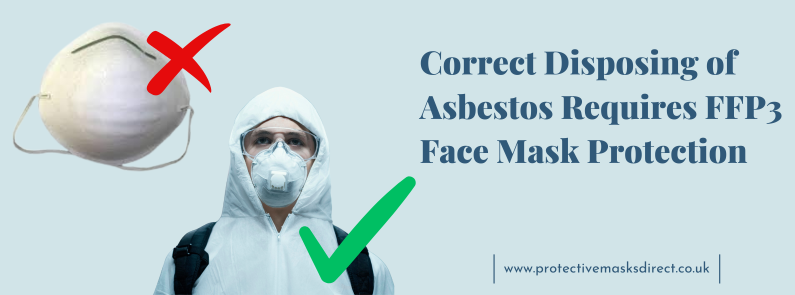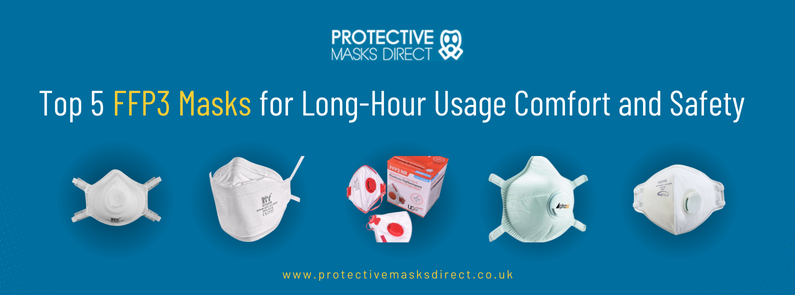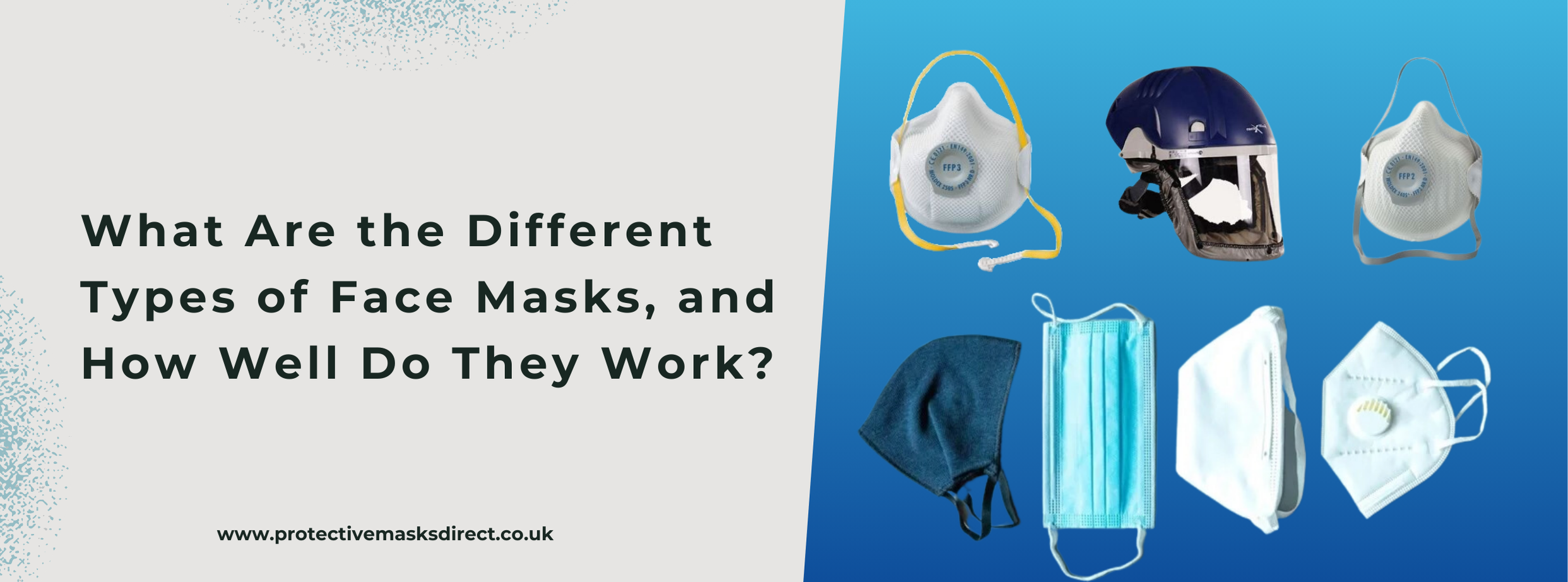
Your workplace may have the best safety protocols and procedures. And, your employer may provide you with regular safety training and the best protective gear. Yet, workplace safety isn’t complete, until You, as an employee are committed to workplace safety.
The Top 7 Workplace Safety Tips that all Employees should Know:
Here, in today’s guide, you can find smart tips on what you can do as an employee to improve the safety of your workplace.
1. Be Aware of the Hazards of your Job
Being aware of the potential hazards of your workplace and your job is the first step to ensuring your health and safety at work. Most employees receive safety training when they join work. But, as time goes, and they become proficient in their tasks, they begin to feel complacent.
Staying aware of your surroundings, and keeping a watch out for new and unfamiliar hazards is essential to avoid accidents in the workplace. Even if you are doing a particular task for the 100th time, make sure that you give it your full concentration, and follow the right safety precautions and measures.
2. Handle Tools the Right Way
Taking shortcuts is a big NO at the workplace. When you take shortcuts, it not only impacts the quality of your work but also could put you at a safety risk. For instance, it’s a huge safety risk to use a scaffolding tool as a ladder or ignoring to wear the best dust mask respirator in a contaminated environment.
Yet, employees in a hurry to finish the task at hand or out of a sense of complacency don’t use safety tools the right way. This could lead to injuries, illnesses, and even death.
Make sure that you use the right tools for the job and use them the right way, even if it takes a few extra minutes to complete the task.
3. Don’t let Workplace Stress Take Over
One of the main reasons for several workplace-related accidents and injuries is due to workplace stress. When a worker is stressed, he/she cannot remain alert and loses concentration. This could lead to costly mistakes, which end up being fatal.
Common reasons for workplace stress are – heavy workload, long hours, conflicts with coworkers and supervisors, job insecurity, lack of training and more. If you are feeling stressed or burned out, try to identify the cause for it or seek professional help. Discuss your concerns with your supervisor and find out ways to address them.
Another tip to avoid getting stressed out on the job is to tackle difficult tasks first thing in the morning when you are alert and feeling refreshed. If you find yourself getting drowsy and losing concentration, make sure to take short, quick breaks to boost up your energy levels. Go for a quick walk around the floor or do some exercises at your desk, to refresh and boost your concentration levels.
4. Maintain the Correct Posture
One of the biggest risks for workers is – sitting. Yes, it may be hard to believe, but your posture could be silently hurting you, without you even realizing it. If you don’t sit correctly, and remain hunched over your desk all through the day, then you could end up risking your back, neck, and shoulders.
If your office doesn’t have an ergonomic workspace, then get your managers to invest in ergonomic furniture. Most employees spend most of their working day at their desks. So, having ergonomic furniture is a must to avoid potential back, shoulder and neck injuries.
When you sit, ensure that your hips and shoulders are in a straight line, so that you don’t exert undue pressure on your back, and risk injuring it. As mentioned in the previous point, taking a break every hour and walking a few steps makes a huge difference to your back and shoulders and overall health.
5. Don’t Borrow PPE
This is another safety mistake that employees make. Personal protective equipment (PPE) must be made to fit, and even minor variations in sizes could cause catastrophic accidents.
For instance, if you use the gloves of your friend, who is two sizes bigger than you, then the gloves may slip out of your hand, in the midst of a task. This could put at a big risk, especially when you are working with heavy machinery or hazardous chemicals.
The same applies to all other PPE like full face masks and half face masks that are customized using a face mask fit testing kit to suit the requirements and size specifications of each employee.
So, remember that personal protective equipment is for your personal use and don’t swap it with your coworkers.
6. Know the Emergency Plans
While it’s necessary that you take all the precautions to avoid accidents and injuries in the workplace, it’s equally important to be aware of what to do, in case of an accident in the workplace. Make sure that you are aware of the location of the first-aid kit, fire extinguishers, electrical breaker switches, emergency evacuation exits and more.
This helps you to save precious seconds and take the right course of action, thereby saving property and lives, in case of an accident or injury.
7. Remember to Report Unsafe Conditions to Your Manager
As an employee, it’s your duty and responsibility to report any unsafe conditions that you come across at work, to your supervisor or manager. Only when the manager is aware of the unsafe condition, can they take the right course of action to eliminate this potential hazard.
If your workplace has a complaint register or notebook, then make sure to report hazards and risks in it. Else, bring the issue directly to your manager, as soon as you notice it.
Final Thoughts
While your employer may take the right steps to ensure the safety of the workplace by setting up policies and regulations, fitting the workplace with safety equipment like fire extinguishers and asbestos removal bags, workplace safety doesn’t end there.
Each employee must follow all the safety protocols, wear the proper safety equipment to prevent accidents in the workplace. Use the above safety tips to reduce and eliminate safety and health hazards in the workplace.




